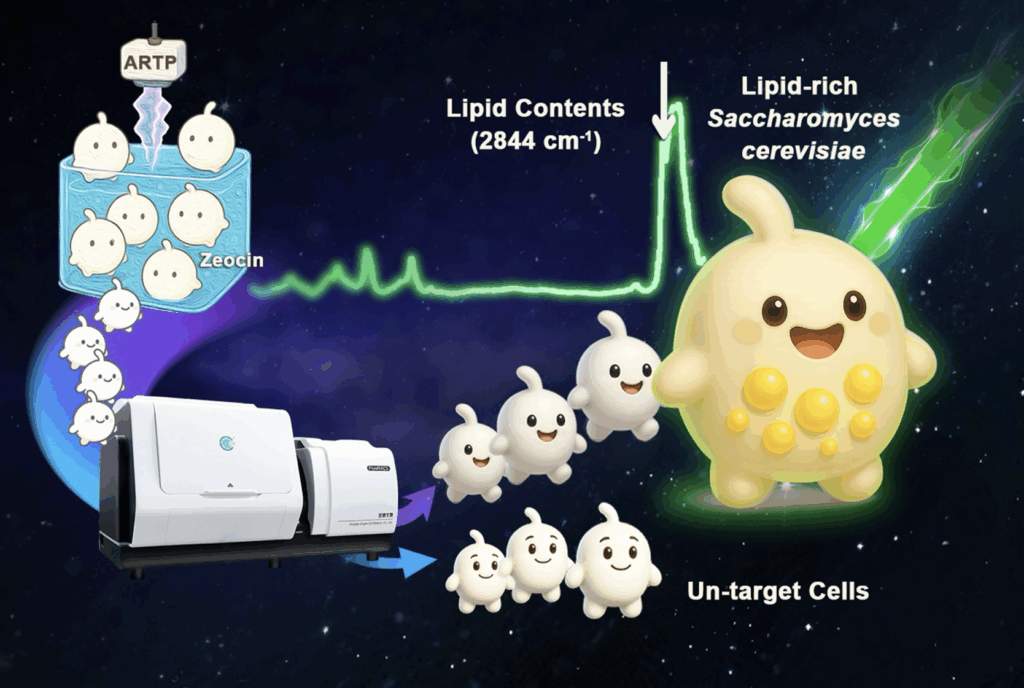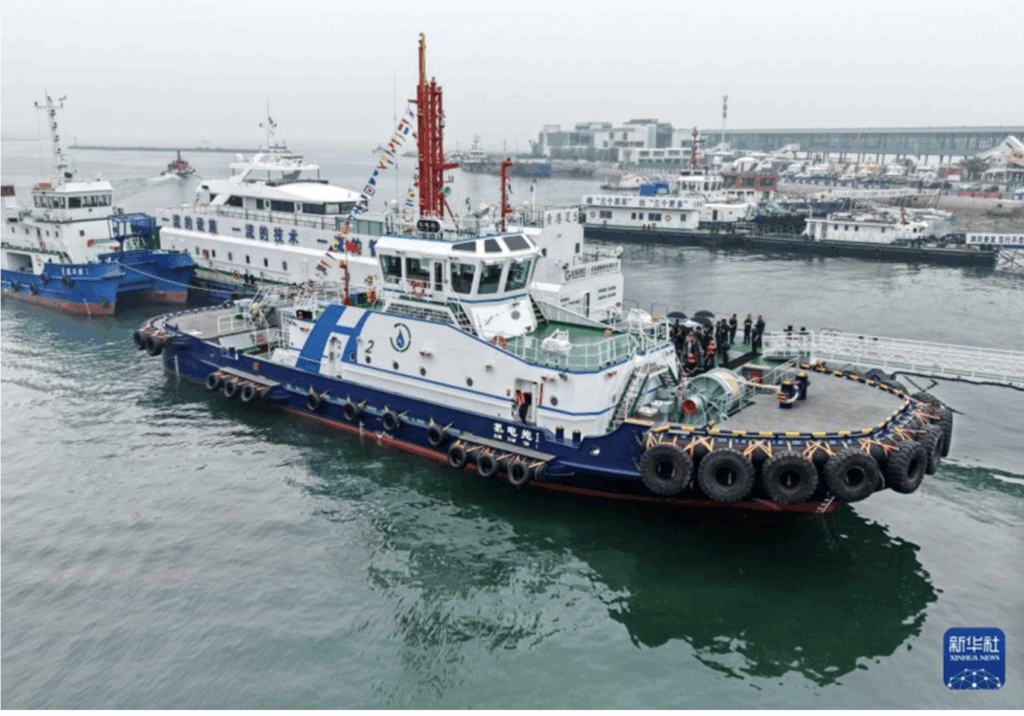http://english.cas.cn/newsroom/research_news/life/202501/t20250110_898273.shtml
https://doi.org/10.1016/j.xinn.2024.100759
A new technology termed FISH-scRACS-seq (Fluorescence In Situ Hybridization-guided Single-Cell Raman-activated Sorting and Sequencing) combines species-targeting fluorescence in situ hybridization (FISH) with Raman spectroscopy, allowing for the direct identification and isolation—from environmental samples—of functional single cells and the enzymes they encode.
The research team utilized this technique to identify the cells, pathways, and enzymes from γ-proteobacteria that are actively involved in degrading cycloalkanes in marine environments. Their analysis uncovered a previously unknown P450 enzyme encoded by Pseudoalteromonas fuliginea, crucial for bioremediation efforts in aquatic ecosystems contaminated by hydrocarbons.




